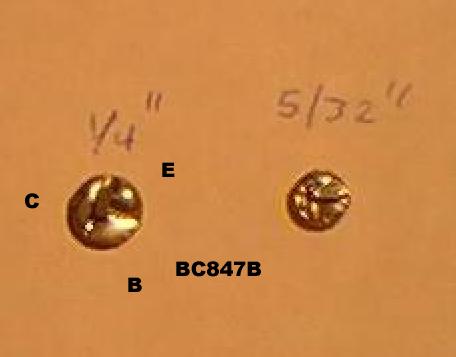
I don't claim that I created this technique, but I've yet to see it described elsewhere as applied to manhattan style construction and SMD's.
The idea originally came from Chuck Adams, K7QO who described a technique to build manhattan pads for IC's. Please see the image at http://www.qsl.net/kb1ens/sw30/ic-pad-cut-2.jpg. This image was a shot of my effort to duplicate what Chuck did only using small hand tools. The IC pads are created using an Atlas hobby knife (found in hobby stores or Model Train stores) to score thin lines in the copper for each IC lead.
This led me to the idea of using a regular manhattan style pad for a SMD part. The idea is that a single SMD part could be mounted on a pad and the leaded parts (or more SMD's) could be attached. This should save quite a bit of space, and once the SMD part is successfully soldered in, it will be very easy to handle physically (as opposed to being afraid to breathe prior to soldering!).
This image:

Shows the technique. I envision using either a tri-cut (as shown on the left) or a pie-cut as shown on the right.
The tri-cut is self-explanatory. Note that for a three lead device (like a transistor) you need to cut the middle strip fairly thin. The tri-cut shows a BC847B transistor prior to being soldered into place. The BV848 is an NPN similiar to a 2N2222.
The pie-cut is shown in its two stages. First score a line slighty above the center. The larger of the two sections is then scored in the middle.
Make sure you score the pad deep enough. You should probably check the pad with an ohm meter to make 100% certain that there are no copper bridges between each section.
Once the pad is created, tin one section of the pad with solder. Lay the SMD part in place and then apply heat to the tinned section. You may need to hold the pad in place to prevent it from sticking to the soldering iron. After one lead is tacked in, it's very easy to solder the rest.
This image:

Shows a BC847B mounted on two different size pads. Note there is plenty of room to solder leaded or other SMT parts to the pad.
I plan to use this technique for building my second 2n2-40+, which will feature as many SMD parts as I can get my hands on.